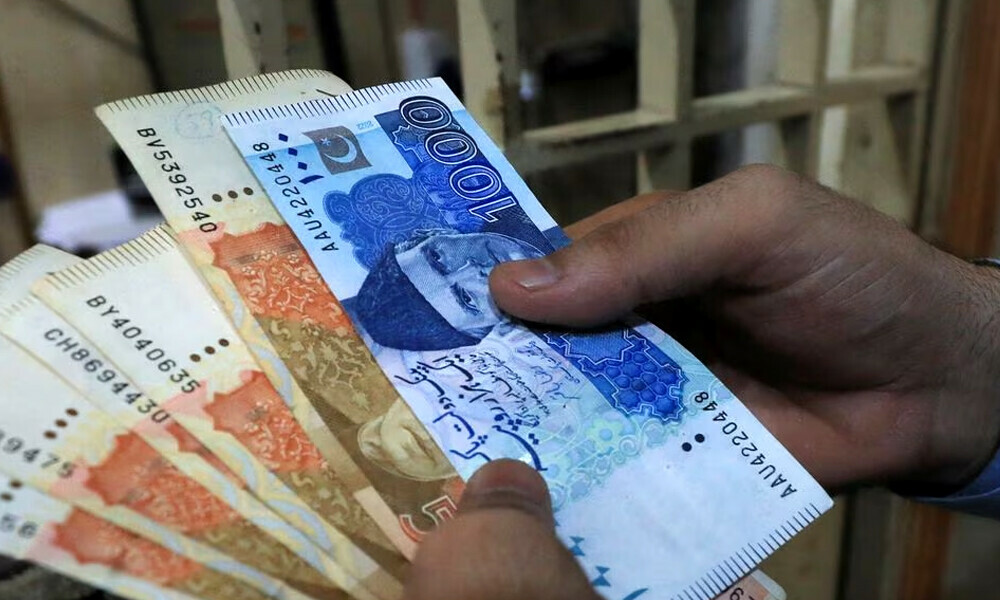Government borrowing in the first 11 months of the current fiscal year has exceeded the total borrowed in the previous two fiscal years combined.
The substantial borrowing from banks occurred amidst historically high interest rates of 22%, indicating that debt servicing costs will significantly escalate, surpassing the budget estimates for the upcoming fiscal year.
According to data from the State Bank of Pakistan (SBP), the government borrowed Rs7.39 trillion from July 2023 to June 7, 2024, with 23 more days of borrowing yet to be reported.
This amount surpasses the government’s combined borrowings of Rs3.72 trillion in FY23 and Rs3.49 trillion in FY22, totaling Rs7.16 trillion, significantly less than the Rs7.389 trillion borrowed in the first 11 months of FY24.
Banking experts anticipate that total borrowing for FY24 could reach Rs8 trillion by June 30. This excessive borrowing practically prohibits the government from allocating funds to development projects, as it channels its entire tax revenue towards debt servicing.
As per the budget document for FY2023-24, the government planned to allocate Rs7.21 trillion for domestic debt servicing and an additional Rs1.04 trillion for foreign debt servicing, totaling Rs8.25 trillion.
For FY25, the government has earmarked Rs8.736 trillion for domestic debt servicing and Rs1.04 trillion for foreign debt servicing, totaling Rs9.77 trillion.
Revenue generation was anticipated to increase by 30% in FY24, with expectations of a 40% growth in the next fiscal year.
Economic analysts believe that achieving the Rs12.97 trillion tax collection target set for FY25 will be challenging, considering the government missed the Rs9.41 trillion target for FY24. The substantial government borrowing could pose a significant obstacle to economic growth, as debt servicing obligations continue to rise.
“Banks are investing in government securities to earn risk-free returns, while the private sector faces limited access to capital,” noted a banker.
The recent interest rate cut by 1.5% to 20.5% aims to alleviate this situation, although the business community argues that the rate remains high compared to the inflation rate, which stood at 11.8% in May. Businesses advocate for further reductions, suggesting an interest rate closer to 13-14%.




